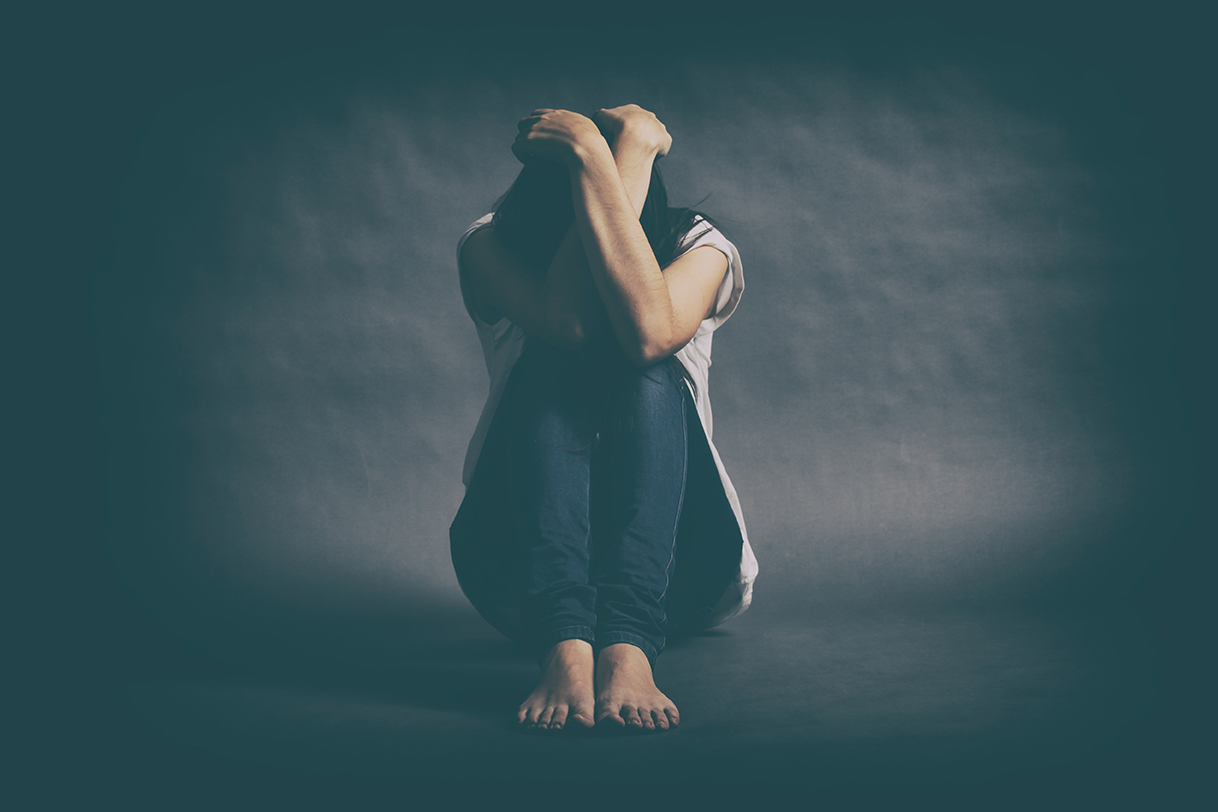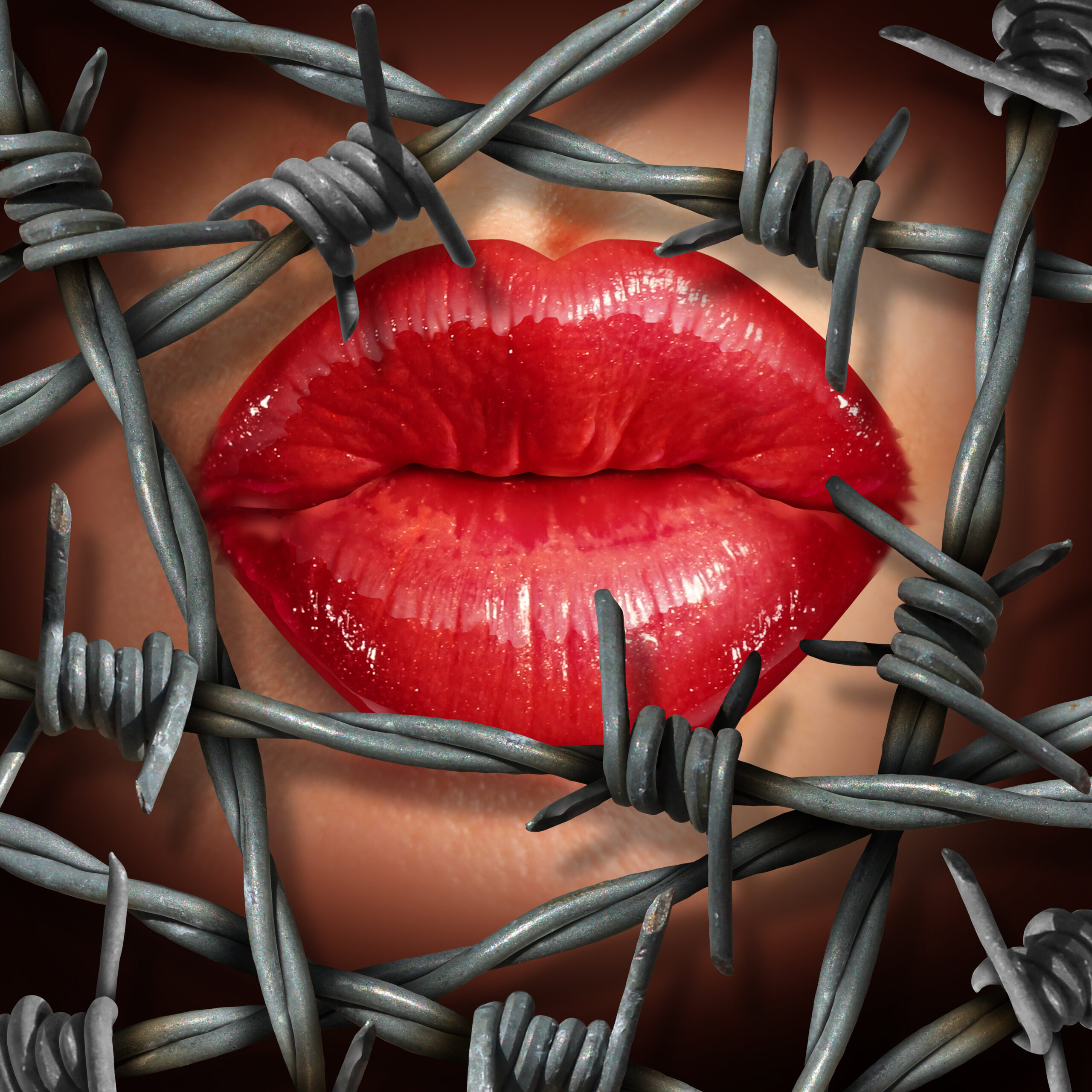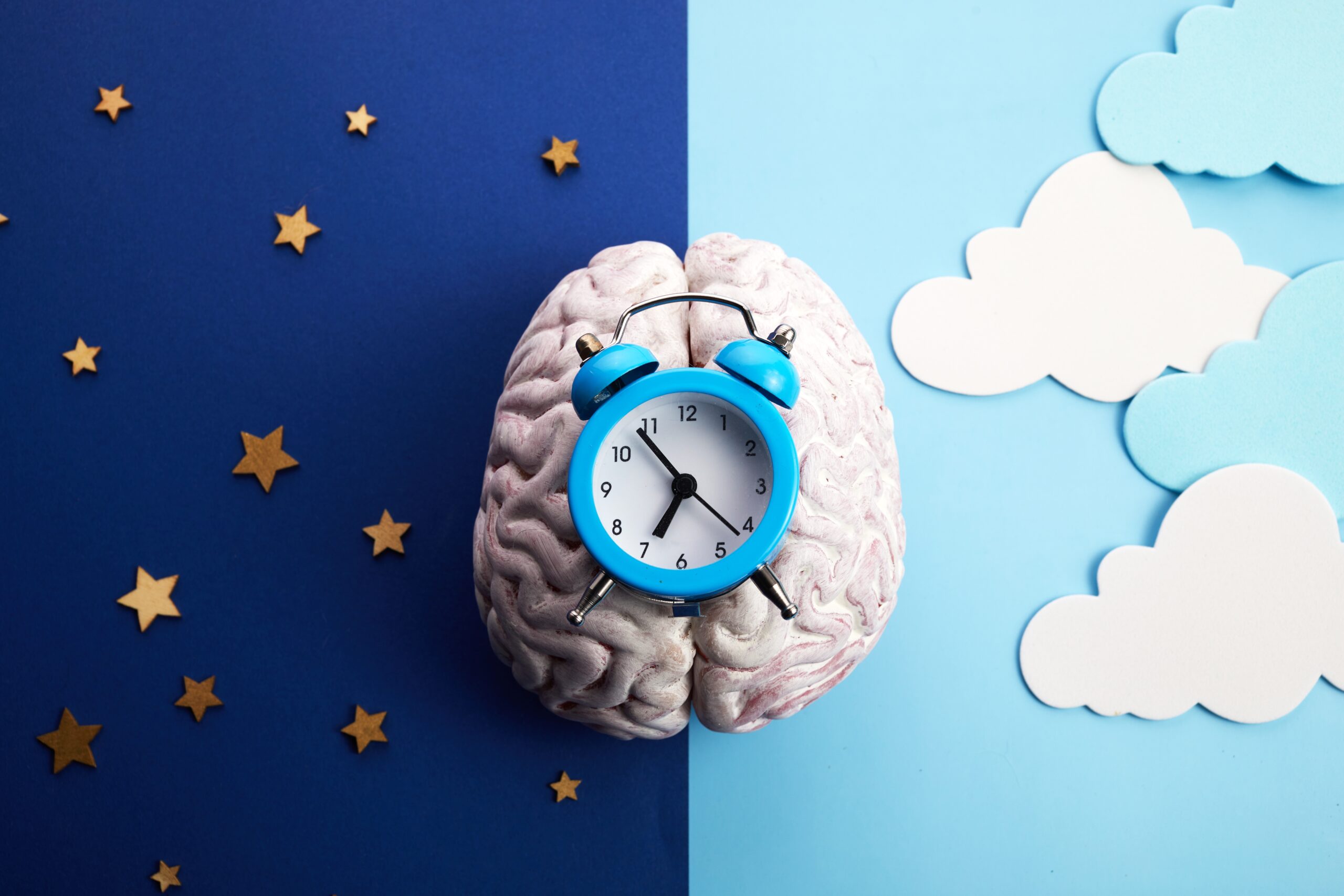by Brandi Spring
Over the past few decades, the world is becoming far better equipped with medical research to understan d addiction and its effects on both the biochemistry of a person with a substance use disorder and the lives of those around them. Unfortunately, the rising prevalence of addictions causing an increased demand for care is largely due to the growth in industry knowledge.
The Effects of Addiction on the Brain
Anyone who has seen any drug-related infomercials where they compare the normal brain with “this is your brain on drugs” has seen there are obvious physical effects on the brain. Here, we will dive into a bit more detail to help you understand how a healthy-brained individual would get to the condition of a deteriorated or damaged brain for a drug or alcohol they knew was not healthy in the first place.
Why keep going after you have “just tried it”? Once someone uses a substance that provides them a sense of euphoria or covers the negative feelings they were feeling before using a substance, they inhibit their natural production of dopamine and other “feel-good” chemicals. Over time, the decline in natural joy is masked by drug(s) they “tried” far too many times.
The use of drugs produces a chemical reaction in the brain that affects our limbic system. That system moderates our impulses, emotions and our behaviors designed primarily to keep us alive. This system tells us how to react to certain stimuli and is important for memory function, including the automatic response of certain safety mechanisms such as fight or flight behaviors or self-preservation efforts.
Unfortunately, when a person uses drugs, especially frequent or prolonged use, the impairment of this system impacts their ability to maintain emotional control, healthy habits such as nutritional intake and social comfort as they feel less safe around people when they do not have the same preservation safeguards.
Some people go into drug and alcohol addiction before they established a level of stability in the first place. This causes a more rapid decline in mental reasoning, which could pull them to safety. However, hope is not completely void in even these situations.
Addiction recovery is one of the most challenging struggles, yet helpful resources have been popping up all over the United States in recent years. There’s a special type of bond in the recovery community, and recovered addicts themselves often orchestrate professional resources. The brain takes a significant hit during drug use as being on drugs feels like the addict’s “normal.” Still, therapies and treatments are being developed around cognitive behavioral therapy, biofeedback therapy and the organization of hope-filled resources to bring the brain back into the person’s controls who allowed addiction to devastate their system.
Withdrawal can lead addicts into severe medical challenges such as heart attack, stroke and other mental health conditions. This is one reason that initial recovery of severe addiction can require inpatient rehabilitation. Regaining a sense of purpose, happiness and stability without their substance of choice is an intense battle. Returning to a family function where people are drinking casually after you have been sober for years can trigger a desire for the euphoria that beer can bring. Sobriety doesn’t change your attraction to the drug by lessening the memory of how good it can make you feel. So what’s one drink except it’s a step to one drink per night, and then you bump it up to a limit of 2 or 3 drinks. And then, all of a sudden, you’re a full-blown alcoholic again, and this time, you add disappointment in yourself to your plate of broken emotional state.
Risks: Who is at risk of this life-altering disorder?
The earlier a person is exposed to drug and alcohol use, the more likely they are to consider trying the substance and putting themself at the risk of a substance use disorder. Unfortunately, factors such as genetics, social settings and even medical conditions can prompt or accelerate the use of these substances. Addiction can quickly take a person into its grasp unless monitored with the intent to control and end use of even controlled substances.
Programs are growing around the concept of tracking and controlling prescription drugs that have addictive properties or are used to make addictive drugs. Police are receiving advanced training on dealing with people under the influence of the various drugs out in communities. And research continues, but the risks are still highly prevalent and continued effort towards helping build healthy and supportive communities is paramount to supporting less substance use abuse access as well as creating opportunities for healthy activity and environments for positive change.
Signs: How do you tell when you or someone you know is struggling with addiction?
Addiction can be identified at any stage of use, yet it is harder for the person with the addiction to see it as a problem. They will show signs of lacking control overuse, possibly more irritable or more drastic mood swings, and even withdrawing themselves from social interaction with other non-users. Many cases where users will begin stealing to pay for their drug and start reaching out to multiple physicians for prescriptions of controlled substances.
There are also physical signs and symptoms of addiction such as bloodshot eyes, shaking, uncontrollable picking at the skin, slurred speech and the feeling of illness when not on the substance.
Supporting Healing
Last but most importantly, consider this community of people who are affected both directly and indirectly as just that, part of your community. Treating those with substance use disorder with kindness and a sense of belonging can help as they seek help from professional resources. Keep healthy boundaries as they are progressing, but remember that they are humans in need of social support.








Leave A Comment